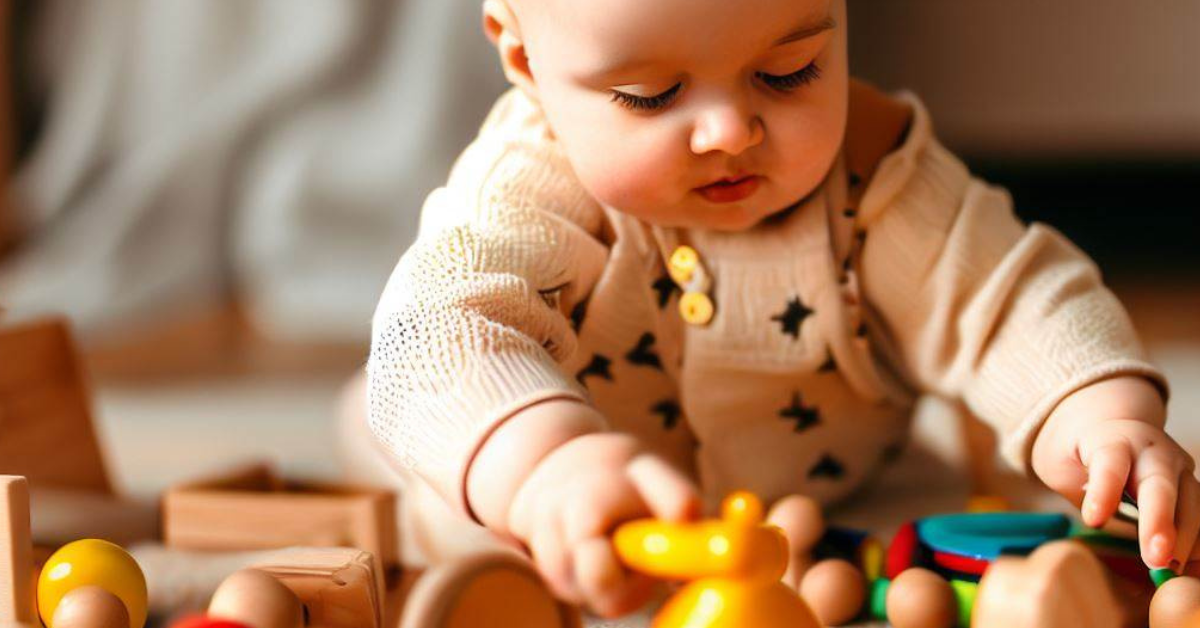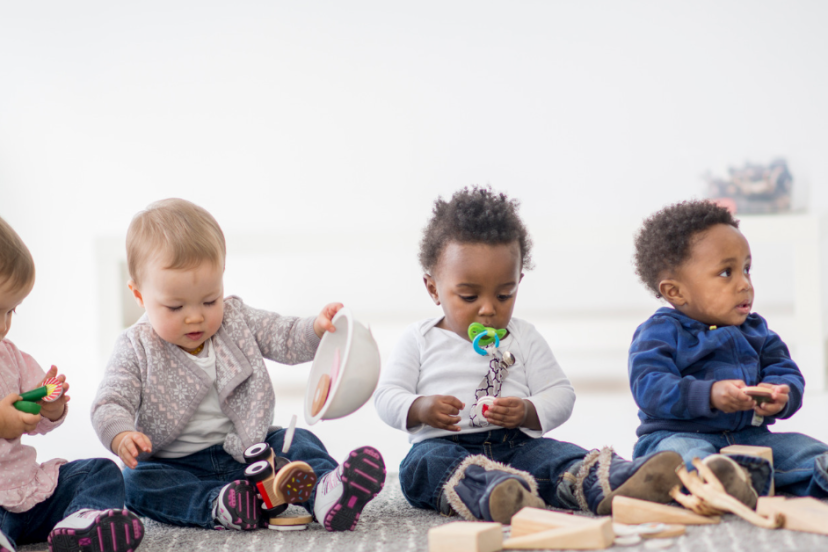Baby Sensory -The beginning
So what is Baby Sensory. The sensory system allows babies to perceive and make sense of the world around them. In this article, we will explore how to improve baby sensory and provide you with practical suggestions to enhance your baby’s sensory experiences. As a parent, you play a crucial role in nurturing your baby sensory development. One important aspect of your baby’s growth is baby sensory development.
Understanding Baby Sensory Development
Before we delve into ways to improve baby sensory, let’s first understand how the sensory system develops in infants. From birth, babies are equipped with the basic ability to see, hear, touch, taste, and smell. However, these senses continue to mature and refine as your baby grows. By engaging in appropriate sensory activities, you can support and enhance this development.
Importance of Baby Sensory
Stimulating your baby’s senses is crucial for their overall cognitive, emotional, and physical development. Sensory experiences contribute to the formation of neural connections in the brain and help develop important skills such as language acquisition, motor coordination, and social interaction. By providing a rich sensory environment, you can lay a strong foundation for your baby’s future learning and well-being.
Creating a Stimulating Environment for Baby Sensory

To improve baby sensory, it’s important to create a stimulating environment that engages their senses and contribute to better sleep patterns. Ensure your baby sleeping position is optimal.
Let’s explore how you can stimulate each of your baby’s senses:
Visual Stimulation
Babies are naturally drawn to visual stimuli. You can enhance their visual development by introducing high-contrast patterns, bright colors, and visually engaging toys. Hang mobiles or pictures with contrasting colors in their nursery and provide them with toys that encourage visual exploration.
Auditory Stimulation
Sound plays a vital role in your baby’s sensory development. Expose them to a variety of sounds such as gentle music, nursery rhymes, or nature sounds. Singing and talking to your baby can also promote language development and auditory processing skills.
Tactile Stimulation
The sense of touch is essential for babies’ exploration and understanding of the world. Provide your baby with different textures to touch and feel. Soft blankets, textured toys, and gentle massages can offer tactile stimulation and enhance their sensory experiences.
Olfactory Stimulation
Babies have a keen sense of smell. Introduce them through captivating scents and aromas, this powerful technique enhances our well-being, evokes memories, and creates a blissful ambiance. Join me on this aromatic journey to explore the profound benefits of olfactory stimulation. Let’s awaken our senses and unlock a world of sensory delight.
Gustatory Stimulation
Taste is another important sensory experience for babies. Introduce a variety of age-appropriate flavors through solid foods when your baby is ready for them. Offer different tastes and textures, allowing them to explore and develop their taste preferences.
Activities to Improve Baby Sensory

In addition to creating a stimulating environment, engaging in specific activities can further enhance your baby’s sensory development. Here are some suggestions:
Baby Sensory Play
Sensory play involves providing opportunities for your baby to explore different materials and textures. You can set up sensory bins with items like rice, water, sand, or soft fabrics for your baby to touch and manipulate. This type of play stimulates multiple senses simultaneously and encourages sensory integration.
Baby Massage
Massage is a wonderful way to provide tactile stimulation and promote bonding with your baby. Gentle, soothing strokes can relax your baby and enhance their body awareness. Use baby-safe oils or lotions and learn techniques that are suitable for their age and developmental stage.
Music and Singing
Music has a powerful impact on the developing brain. Play soft and calming music to help your baby relax, or engage in interactive music sessions where you sing and move together. Rhythmic sounds and melodies can stimulate auditory and rhythmic senses while fostering a sense of joy and connection.
Exploring Nature
Nature provides a wealth of sensory experiences. Take your baby outdoors to explore the natural world. Let them feel the grass beneath their feet, listen to the sounds of birds chirping, and observe the colors and shapes of flowers and trees. Nature offers a multisensory environment that can ignite curiosity and wonder in your baby.
Engaging with Baby
In addition to sensory activities, your interaction with your baby plays a vital role in their sensory development. Here are some ways to engage with your baby:
Eye Contact and Facial Expressions
Maintaining eye contact and using expressive facial gestures help your baby connect with you emotionally. When you interact with your baby, make an effort to engage them visually. Smile, make funny faces, and respond to their facial expressions, encouraging social and emotional development.
Talking and Narrating
Babies are highly receptive to language. Engage in frequent conversations with your baby, even if they don’t understand the words yet. Describe their surroundings, narrate your daily activities, and read aloud from books. This exposure to language supports their language acquisition and cognitive development.
Baby Sign Language
Introducing simple sign language gestures can enhance communication with your baby before they develop verbal skills. Basic signs such as “milk,” “more,” or “all done” can help your baby express their needs and desires, reducing frustration and fostering early language development.
Baby Sensory is enriching
Improving baby sensory is a rewarding journey that benefits your baby’s overall development. By understanding the importance of sensory stimulation and implementing various activities, you can create a rich sensory environment for your little one. Remember to follow your baby’s cues, provide a safe and engaging space, and enjoy the journey of discovery and growth together.
Remember, every baby is different, and what works for one may not work for another. Pay attention to your baby’s cues and preferences, and adapt the activities accordingly. By providing a nurturing and stimulating environment, you can support your baby’s sensory development and create meaningful moments of exploration, learning, and connection.
FAQs
1. Can sensory development be improved at any age?
Sensory development continues throughout childhood, and you can always support and enhance it. While early intervention is beneficial, incorporating sensory activities into your child’s routine can be beneficial at any age.
2. How often should I engage in sensory activities with my baby?
It’s best to engage in sensory activities with your baby regularly. Aim for a few times a week, but also follow your baby’s interest and energy levels. Keep the activities fun and enjoyable for both of you.
3. Are there any risks involved in stimulating baby’s senses?
Sensory stimulation is generally safe and beneficial for babies. However, it’s important to use age-appropriate materials and ensure a safe environment during sensory activities. Avoid small objects that can be choking hazards and be mindful of your baby’s comfort and reactions. If your baby shows any signs of discomfort or overstimulation, adjust the activity accordingly.
4. How can I incorporate sensory play into daily routines?
Sensory play can be integrated into various daily routines. For example, during bath time, you can introduce different textured sponges or bath toys for tactile stimulation. During mealtime, offer a variety of foods with different tastes and textures. Look for opportunities in everyday activities to engage your baby’s senses.
5. Can sensory stimulation help with baby’s sleep patterns?
Sensory stimulation can play a role in promoting a calm and soothing environment for your baby, which may contribute to better sleep patterns. Gentle activities like baby massage or playing soft music before bedtime can help create a relaxing atmosphere and signal bedtime routines. However, each baby is unique, and it’s important to establish a consistent sleep routine that works best for your little one.




